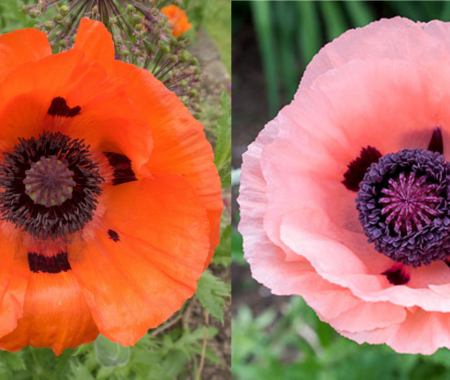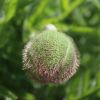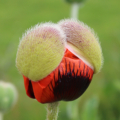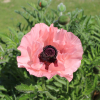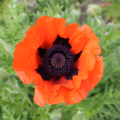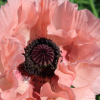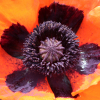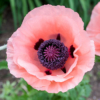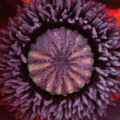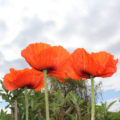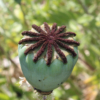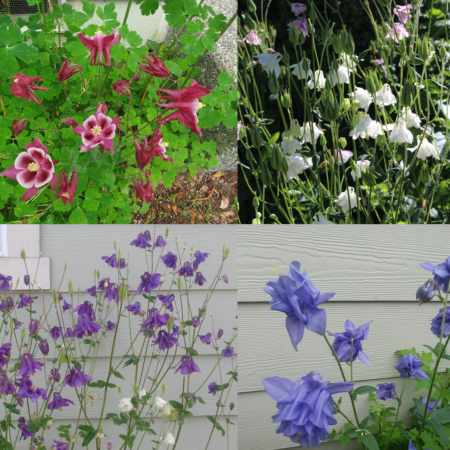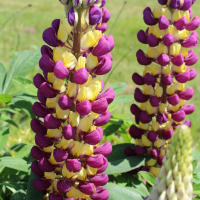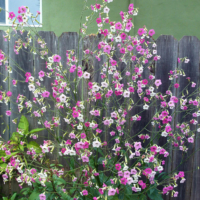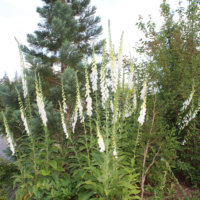Description
Papaver orientale | Oriental Poppy ‘Prince of Orange’ & ‘Princess Victoria Louise’ (mix)
Poppies are a large family of flowering plants that include annuals, biennials, perennials, and even semi-shrubs and small evergreen trees. They are found all over the globe, and in a wide range of environments, but predominantly in the northern hemisphere. Botanists have divided poppies into almost 800 different species, grouped into 42 genera. And those are just the wild species! Plant breeders have been working with poppies for thousands of years now, and the variety out there today is nearly endless. They are prized for their delicate, silken petals that glow in the suns rays. They don’t last long which makes them that much more beautiful to see. They are also highly regarded for the copious amount of seeds produced by each seed pod.
Poppies prefer a cooler climate and grow best in loose, well drained soil, so should be planted out only when extreme heat is not anticipated. The seeds can be sown in the fall or early spring as soon as the last winter snow recedes. One can even scatter them at the edge of melting snow. (Freezing seeds for 48 hours before sowing can increase the germination percentage.) Seeds may not germinate if warmer than 60 F. Will reseed moderately each year.
Oriental Poppies are the result of a complex hybridization of three different Papaver species and are one of the most brilliant herbaceous perennials to grace the early summer garden. Few flowers can match the display they provide. They are best grown in colder climates (USDA zones 3 to 8) and aren’t a good choice for mild-winter regions. The colder the weather, the better. For gardeners in zones 3 and 4 who struggle to find perennials that survive the winters, these poppies are for you! Plants will go dormant during the hot summer months, the leaves will fall off, and then in autumn new leaves will emerge that will stay evergreen through the winter.
Two colors are included in this mix- ‘Prince of Orange’ which has huge bright-orange flowers & ‘Princess Victoria Louise’ with huge salmon-pink flowers with a distinctive shimmering black eye at the center. The flower-petals measure more than 6 inches across and appear to be made of crepe-paper, or silk.
Autumn is the best time to plant, so they can establish their roots and get the winter chilling they need to bloom the following spring. There’s a chance spring-planted Oriental Poppies may not bloom until the next year. Site plants in full sun. They do well in all types of soils, including clay, but be sure to avoid spots in your landscape that stay wet or puddle after a rain. Adequate drainage is key.
The flowers will attract a variety of beneficial insects to the garden, such as butterflies, bumblebees, ladybugs, and even hummingbirds. Deer and rabbit resistant too.
Type: Perennial
Sun exposure: Full sun
Mature height: 2-3 ft
Mature width: 2-3 ft
Hardiness zones: 3-8

